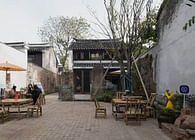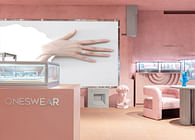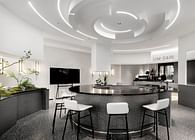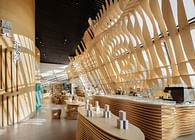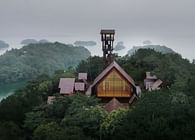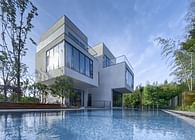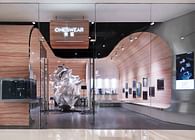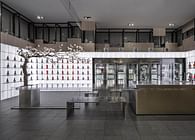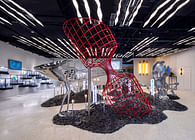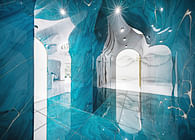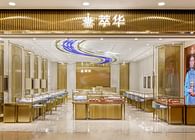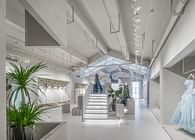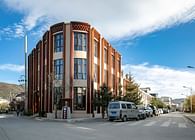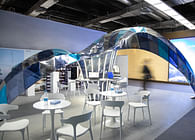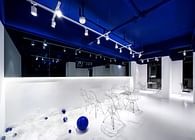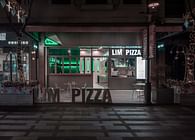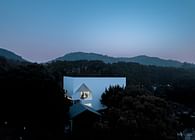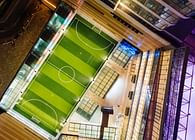
The project is located in Jiangning District, Nanjing City, Jiangsu Province, about 11.7 kilometers from the center ofJiangningDistrict, surrounded by farmland. There are two ponds in front and behind the project, you can also see the rolling mountains in the north, and enjoy the pastoral scenery.The owners hope to use the abandoned houses to expand the boutique hotel, so as to create an idyllic residence on the edge of the city, to simply reproduce the idyllic lifestyle, without losing the pursuit of high-quality living environment, so that people who have lived in the city for a long time can get spiritual release in the natural landscape.
The original site is composed of a room of 21.6m long and 8.2m wide, with two front and rear courtyards. The design divides the original building plan equally from east to west, retains the original doors, windows and structural beams, and forms three relatively independent living units, ensuring their independence and privacy. Therefore, they can be rented separately in operation.
The 5.3m story height of the original building provided an opportunity for the creation of the attic, so that the design is able to go beyond the conventional suite pattern to have a unique room layout, which forms three spatial platforms at different heights: ground floorspace, transitional space (reading area) and the attic space. It greatly enriches the vertical space on experience. With the increase of space elevation, privacy is gradually enhanced.Each suite is for an intimate group, and we hope to create a platform and conditions for interpersonal interaction in this indoor space. We tried to build the continuity and integrity of the space to break down the barriers of traditional indoor "room" restrictions.There is no fully enclosed functional space inside the building. Instead of the "doors", "not totally blocked" partition is designed: the bedroom can be glimpsed through the clothes standin the dining area on the first floor; the bedroom and the reading area are separated by the original tree trunks to define the space while maintaining a certain degree of transparency of sight; the tatami style tea art area and sitting room can share scenery mutually.
On the east-west interface of the attic bedroom,we tried to create an "outdoor" state. The tent naturally camps in the field. You can imagineseeing the bright moon in the sky, sitting with your lover in the tent, overlooking the surrounding, and looking at the stars from the skylight at ease. By controlling the opening and closing of the partition between the courtyards, the external landscape platform realizes the free transformation of the two space modes of "private rest" and "open party", so as to realize the needsfor diversified space anddifferent amount of tenants.
Application of materials and rural elements: the swing at the entrance, the sofa hammock hanging by the rope represent the desire of returning to the countryside; the light gray art wall paint with mottled texture matches the old elm wood decoration, gauze curtain of the coping in the mensal area is hanged from wooden frame, the whole building gives the rustic charmlike being in the countryside, ethereal and leisured, simple and quiet.Simplematerials were used to create an elegant and very recognizable space.
The outdoor landscape platform also continues the texture of the wooden door, and the black bricks are usedto pave the floor and to build the hollow wall. The pavilion covered with Chinese alpine rush on the top and the tea seat woven with bamboo can be used for travel and rest. At this time, we can look out into the distance to the faraway mountains, wisps of smoke rose continuously from the village chimneys and the water under our feet. The eaves at the entrance echo the Hui-style cornices of the original building, forming a sense of rhythm from top to bottom. The eaves at the entrance break through the monotonous and lack of changes in the facade, at the same time, providing visitors with signs and guiding functions.Combined with the built-in bathroom space, a concave grey space is constructed for the entrance to ensure good concealment.
Status: Built
Location: Nanjing, CN
Additional Credits: Photo credits: Jieqi Yao
Partners: Suzhou Re-design Studio








